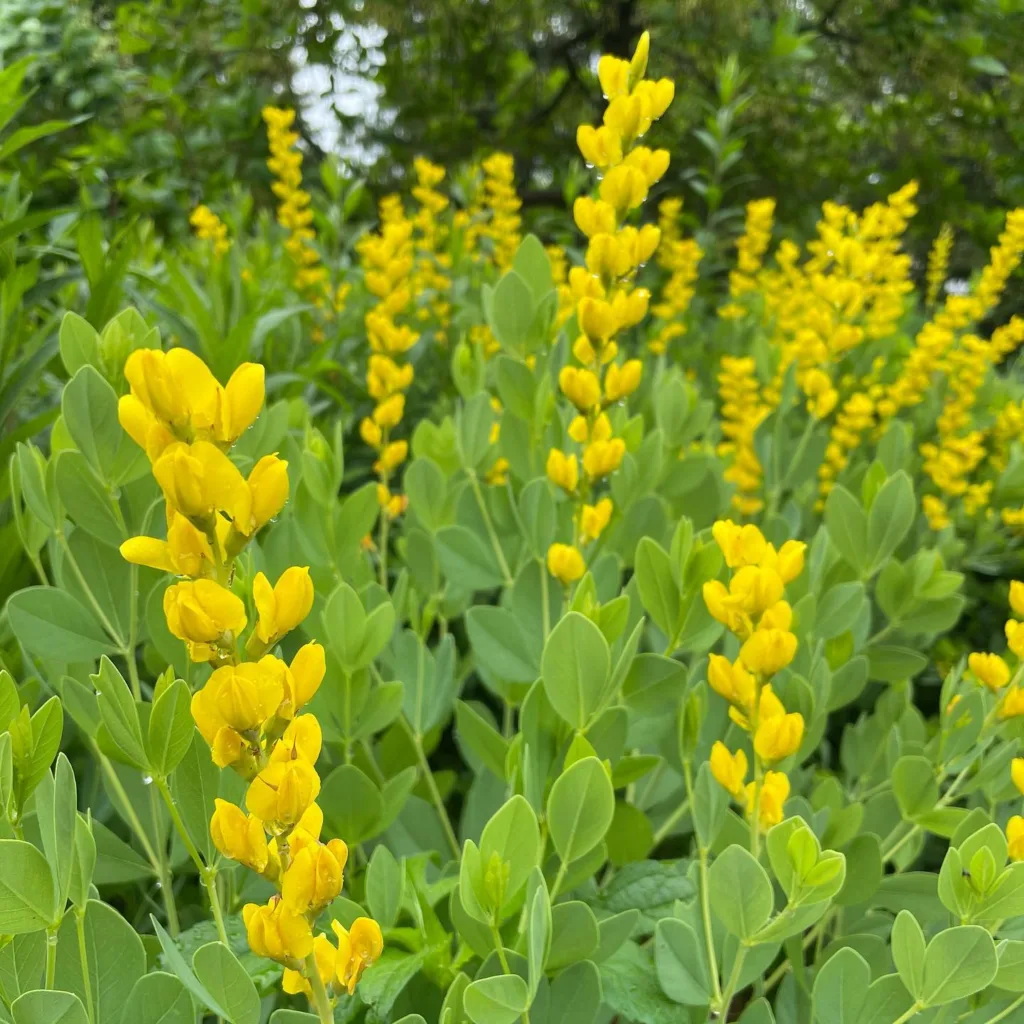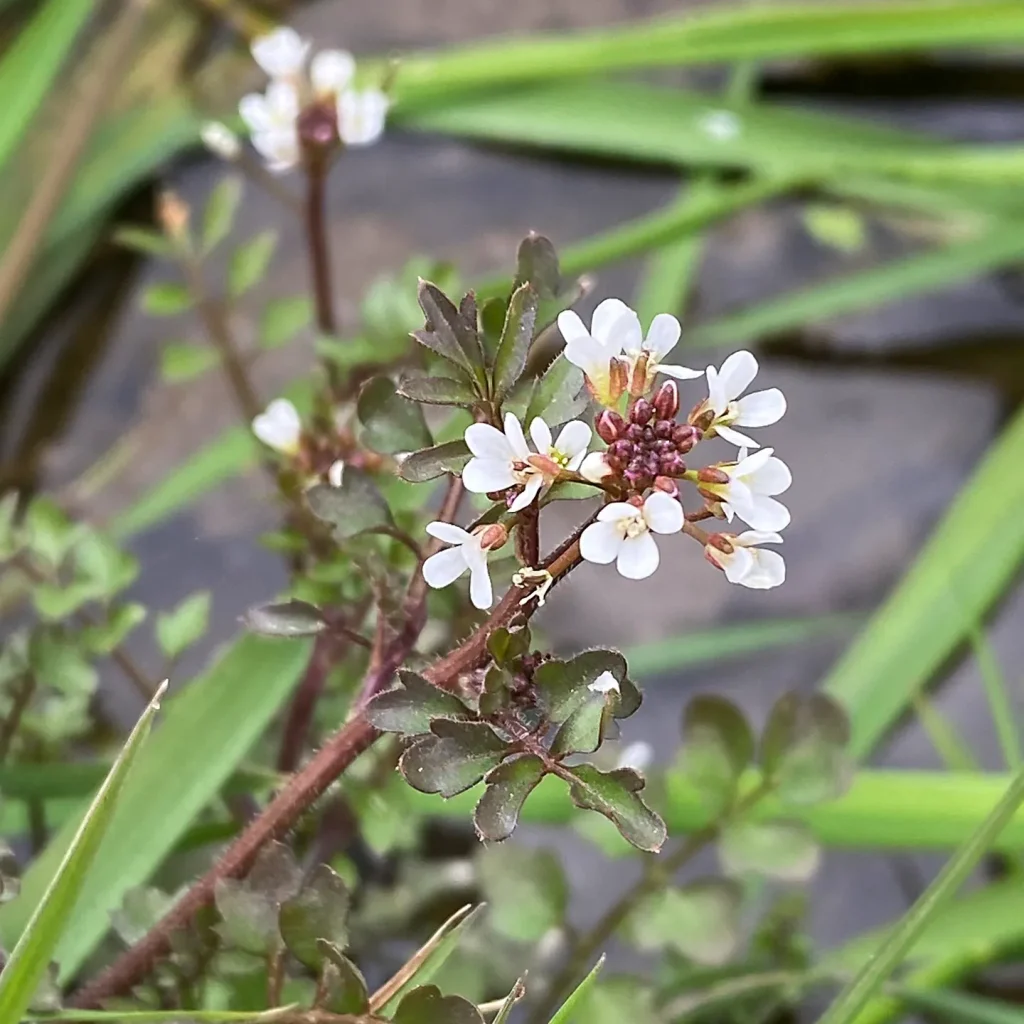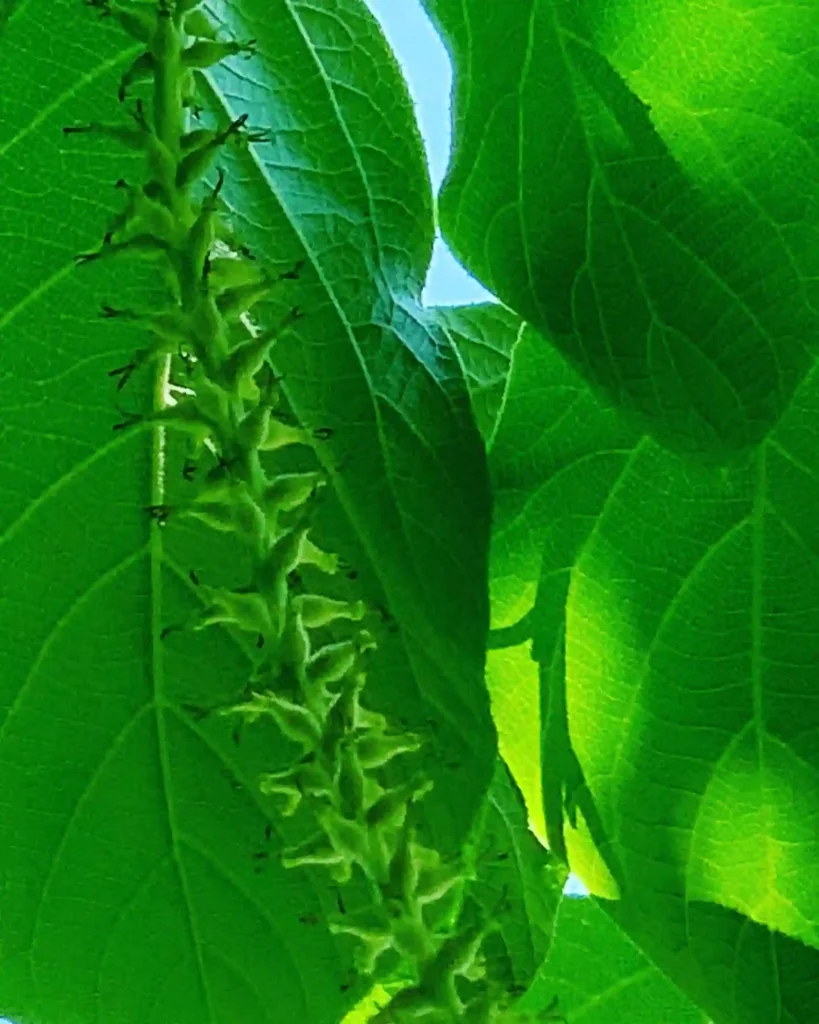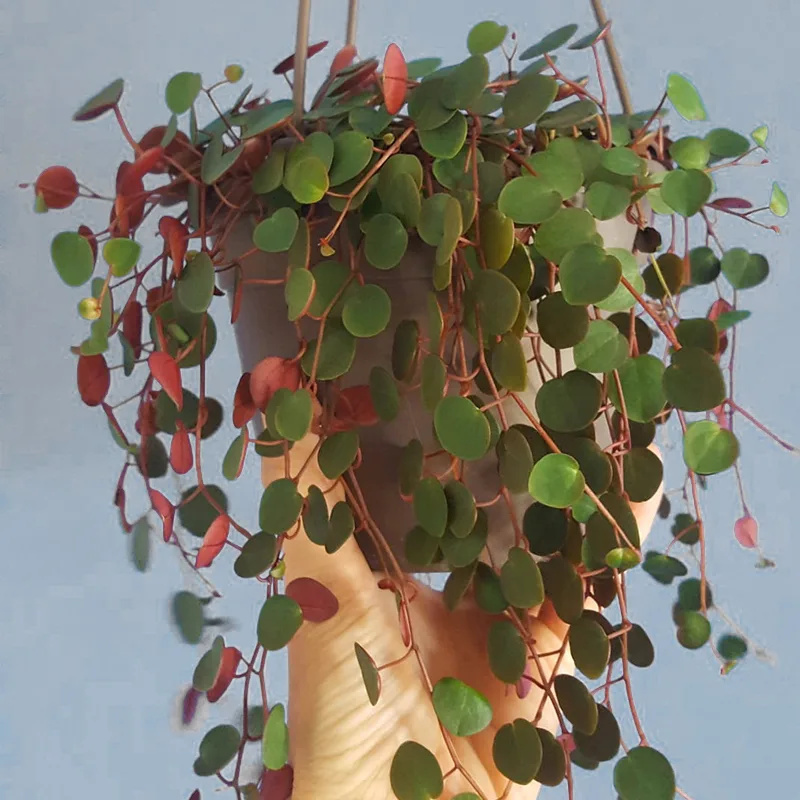FAQs About Cordyline Florica
Cordyline Florica, also known as Cordyline, is a stunning plant that’s increasingly popular among gardeners and indoor plant enthusiasts. However, as with any plant, there are some common questions and concerns that often come up. From its toxicity to cats to its care requirements, here’s a comprehensive guide based on my experiences and knowledge.
25 Species in Genus Cordyline
Are Cordyline Florica Toxic?
One of the first questions people ask about Cordyline Florica is whether it is toxic. The short answer is yes, Cordyline Florica can be toxic if ingested. The plant contains compounds that can cause gastrointestinal upset, such as vomiting or diarrhea, if consumed in large quantities. It’s always best to keep it out of reach of small children and pets who might be tempted to chew on it.
Are Cordyline Florica Toxic to Cats?
Specifically concerning pets, many wonder if Cordyline Florica is toxic to cats. Unfortunately, yes, it is. Cats are generally more sensitive to plants than humans, and ingesting any part of the Cordyline Florica can lead to adverse effects. Symptoms might include drooling, vomiting, or lack of appetite. If your cat has ingested any part of the plant, it’s wise to contact your veterinarian immediately.
Can Florica Cordyline Live in Winter?
Cordyline Florica is not frost-hardy, which means it doesn’t fare well in cold temperatures. In colder climates, you will need to bring it indoors during winter or provide some form of frost protection if planted outside. Ideally, Cordyline Florica thrives in temperatures between 60°F and 75°F (15°C to 24°C). If you live in a region with harsh winters, consider growing it in a pot that you can easily move inside.
How to Care for Florica Cordyline?
Caring for Florica Cordyline involves several key practices to ensure it remains healthy and vibrant. Here’s a quick rundown based on my personal experience:
- Light: Florica Cordyline prefers bright, indirect light. While it can tolerate lower light conditions, it won’t grow as vigorously. Avoid direct sunlight, which can scorch the leaves.
- Water: Keep the soil consistently moist but not waterlogged. Water when the top inch of soil feels dry. Overwatering can lead to root rot, so ensure the pot has good drainage.
- Soil: Use a well-draining potting mix. A mix designed for tropical plants works well, as it allows excess water to drain away and keeps the roots healthy.
- Humidity: This plant enjoys high humidity. If you’re in a dry climate, consider using a humidity tray or a humidifier to maintain adequate moisture in the air.
- Fertilizer: Feed your Florica Cordyline with a balanced, water-soluble fertilizer every 4-6 weeks during the growing season (spring and summer). Reduce feeding during the winter months when the plant’s growth slows down.
How to Prune a Florica Cordyline?
Pruning Cordyline Florica is relatively straightforward. Regular pruning helps maintain its shape and encourages healthy growth. Here’s how I approach it:
- Remove Dead Leaves: Trim off any brown or dead leaves at the base. This keeps the plant looking tidy and prevents potential disease issues.
- Shape the Plant: If the plant becomes leggy or too tall, you can cut back the top growth. Make cuts just above a leaf node to encourage new growth from that point.
- Pinch Back: To promote a bushier appearance, pinch back the tips of the stems. This helps the plant grow more branches and become fuller.
Cordyline Florica vs Florida Red
Cordyline Florica and Cordyline Florida Red are often confused, but they have distinct differences. Here’s a comparison based on my observations:
- Appearance: Florica typically has vibrant green leaves with a more upright growth habit, while Florida Red features striking red or purple foliage. The color intensity of Florida Red can be more pronounced compared to Florica.
- Growth: Both plants are similar in their growth requirements, but Florida Red may be slightly more tolerant of direct sunlight, while Florica prefers indirect light.
- Uses: Both are used for decorative purposes, but Florida Red’s bold colors can make it a more eye-catching choice for bright indoor spaces or garden beds.
Common Problems
Like all plants, Cordyline Florica is susceptible to some common issues. These include:
- Leaf Drop: This can occur due to overwatering or underwatering. Ensure consistent moisture and well-draining soil.
- Pests: Watch out for common pests like spider mites and scale. Regularly inspect your plant and treat any infestations promptly.
- Leaf Browning: Often a sign of low humidity or too much direct sunlight. Adjust the plant’s location or increase humidity to prevent this issue.
Can You Grow Indoor?
Yes, Cordyline Florica is well-suited for indoor growth, making it a popular choice for home decor. It thrives in the controlled environment of an indoor space where light, water, and humidity can be more easily managed.
How to Propagate Cordyline Florica?
Propagation of Cordyline Florica can be done through stem cuttings. Here’s a simple method:
- Select a Healthy Stem: Choose a healthy, non-flowering stem and cut it just below a leaf node.
- Prepare the Cutting: Remove any lower leaves to expose the node, which will be planted.
- Plant the Cutting: Place the cutting in a pot with moist potting mix and cover it with a plastic bag or dome to maintain humidity.
- Wait for Roots: After a few weeks, roots should begin to form. Once established, you can transfer the new plant into a larger pot or its permanent location.
By following these guidelines, you can ensure that your Cordyline Florica remains a stunning and healthy addition to your home or garden.
If i die, water my plants!



